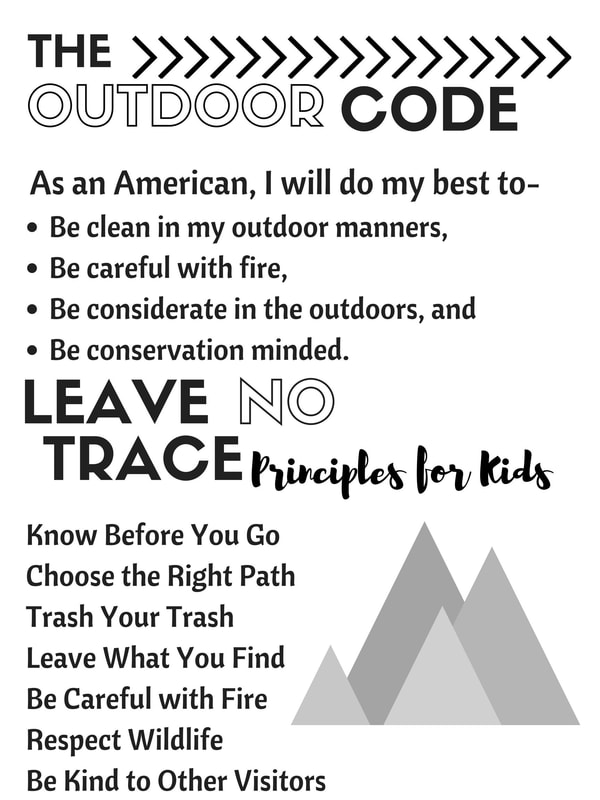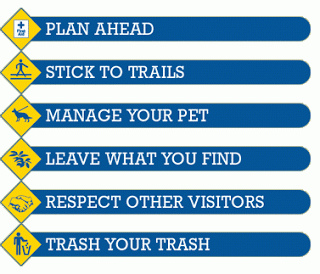Leave No Trace Principles for Horseback Outdoor Recreation

Horseback riding is a wonderful way to explore nature, but it comes with responsibilities to protect the environment. The Leave No Trace (LNT) principles help riders minimize their impact on natural areas, ensuring these spaces remain pristine for future generations. This article will guide you through the key LNT principles tailored specifically for horseback outdoor recreation.
What Are the Leave No Trace Principles?

The Leave No Trace principles are a set of guidelines designed to promote conservation and responsible outdoor ethics. They encourage outdoor enthusiasts to enjoy nature while minimizing their environmental footprint.
| Principle Number | Principle Name | Description |
|---|---|---|
| 1 | Plan Ahead and Prepare | Proper planning helps avoid environmental damage and ensures safety. |
| 2 | Travel and Camp on Durable Surfaces | Use established trails and campsites to protect vegetation and soil. |
| 3 | Dispose of Waste Properly | Pack out all trash and manage horse manure responsibly. |
| 4 | Leave What You Find | Preserve natural and cultural features by not disturbing them. |
| 5 | Minimize Campfire Impact | Use camp stoves or established fire rings; avoid damaging vegetation. |
| 6 | Respect Wildlife | Observe animals from a distance and avoid disturbing their natural behaviors. |
| 7 | Be Considerate of Other Visitors | Maintain courtesy and minimize noise to enhance everyone’s outdoor experience. |
Applying Leave No Trace Principles to Horseback Riding
1. Plan Ahead and Prepare
- Research trails and regulations specific to horseback riding.
- Ensure your horse is healthy and fit for the terrain.
- Carry necessary gear to manage manure and waste.
2. Travel and Camp on Durable Surfaces
- Stick to designated horse trails to prevent trail widening and erosion.
- Avoid wet or muddy areas to protect soil structure.
- Use established campsites designed for horses.
3. Dispose of Waste Properly
- Pack out all trash, including food wrappers and broken tack.
- Collect and scatter horse manure away from water sources and trails.
- Use manure disposal bags if required.
4. Leave What You Find
- Do not pick plants or disturb archaeological sites.
- Avoid moving rocks or logs that provide habitat for wildlife.
5. Minimize Campfire Impact
- Use portable stoves for cooking.
- If fires are allowed, use existing fire rings and keep fires small.
- Fully extinguish fires before leaving.
6. Respect Wildlife
- Keep horses under control to avoid chasing or stressing animals.
- Observe wildlife quietly and from a distance.
7. Be Considerate of Other Visitors
- Yield to hikers and bikers on trails.
- Keep noise levels low.
- Manage your horse to prevent spooking others.
FAQ: Leave No Trace and Horseback Riding
Q1: Can I ride my horse anywhere in national parks?
A1: No, many parks have designated trails for horses to protect sensitive environments. Always check local regulations.
Q2: How do I manage horse manure on trails?
A2: Scatter manure off trails and away from water sources. Some areas require packing it out.
Q3: What should I do if I encounter wildlife while riding?
A3: Stay calm, keep your horse under control, and observe from a distance without disturbing the animals.
Q4: Are campfires allowed when camping with horses?
A4: It depends on the area. Use camp stoves when possible and follow local fire regulations.
By following these Leave No Trace principles, horseback riders can enjoy the outdoors responsibly, preserving natural beauty and wildlife habitats for everyone to appreciate. Remember, your actions make a difference!
